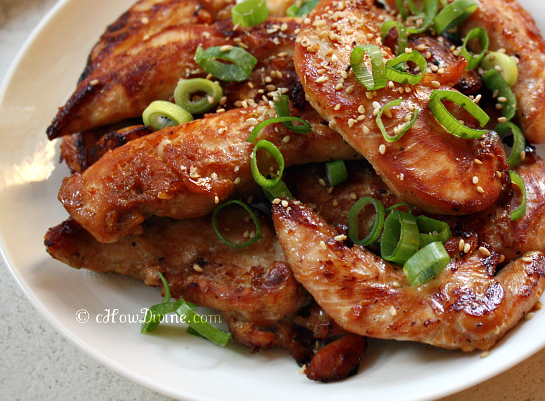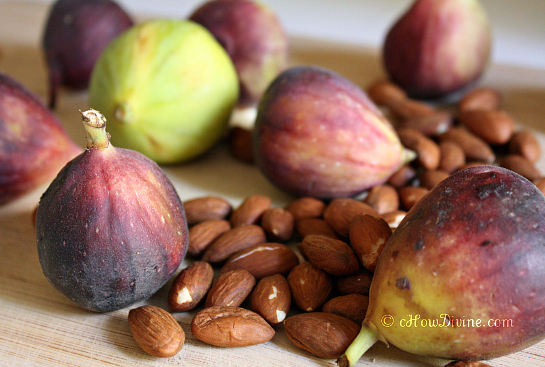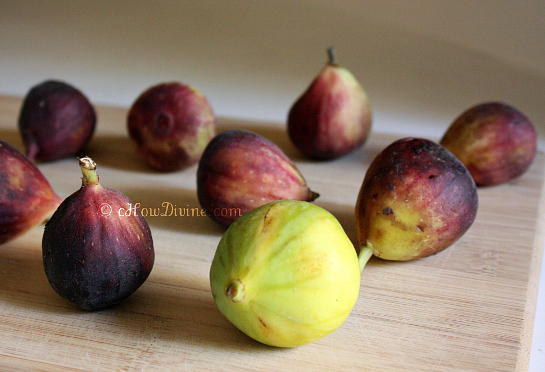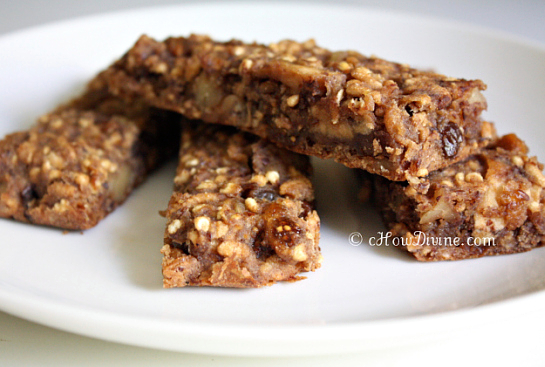This is one of my favorite ways to prepare boneless, skinless chicken breasts. They’re moist, tender, and, more importantly, so flavorful. If you are familiar with Korean cuisine, the chicken breasts are marinated in a bulgogi-like marinade. It has the right amount of salty and sweet to make it the perfect accompaniment to plain steamed rice.
Some people may believe that they need to resign themselves to dry and/or tough boneless chicken breasts. They are healthy, in part, due to their low fat content, but this also causes them to be dry and tough if not cooked correctly. So by marinating the chicken breasts in a soy sauce-based marinade, you are effectively soaking them in a brine solution; this makes the chicken breasts juicy. Now I really want to break into a discussion about osmosis and osmotic pressure – some of the science behind why brining works the way it does. But I will suppress the urge, lest I bore you to death and give myself away as a giant science geek.
Believe me though, this dish is extremely juicy and flavorful.






